Ajeet means unconquered. Recently I have had the privilege of going through the autobiography of Ajeet Kaur a well known writer in Punjabi author of 22 collected books of short stories including the novels ‘Dhoop wala Shehar’ and ‘Postmortem’. Novel ‘Gauri’ has been made into a film while the story ‘Na Maro’ has been serialized for television. Her works have been translated into English, Hindi and several other languages.
My introduction to her was through her daughter Arpana. Both mother and daughter make good company for evening walks in Siri Fort Sports complex to energize themselves for healthy living. It is an attempt on my part to introduce this gigantic personality to common man/woman through my article.
Ajit Kaur grew up in pre-partition Lahore. Spent her childhood in warm and enticing surroundings. In spite of a disciplinarian father, who did believe in girls’ education though, her goal was to get married which she did. Unfortunately it was a bitter experience. From a dignified, comfortable, well placed, well connected family she was married to a rustic doctor who had another woman in his life. This villain-like personality tortured Ajeet physically, mentally and materially.
Ajeet’s life was one of struggle – maintaining two young daughters Arpana who was interested in painting from childhood and ultimately grew up to be a painter of repute. Candy did MA in French and got a scholarship to take up either a course or write her research paper in France. In France she died under unknown circumstances. Loss again of love when at least she seems to have found it. Tragedy seems to have followed Ajeet. Yet the story of Ajeet Kaur is one of courage and contentment as she finds eventual refuge in herself. The new Ajeet channelized energy to write short stories, novels and memoirs. She was running a magazine called Rupee trade. In 1970 she wrote a book for the Russian embassy which was published. In April 1975 she was contacted by Indira Gandhi to compile a directory of Indian women’s conference in Mexico.
During that period she met Indira Gandhi several times. One fine day Indira Gandhi invited her for breakfast and questioned her about her curriculum of life and a future Vista. Indira Gandhi was so impressed that she told Jagmohan, Vice chairman of DDA to allot Ajeet Kaur a plot of land in the Siri fort area. In 1977 she was allotted one and a half acre of land for running a vocational school. The order was executed finally after 10 years. Ajeet could not afford to pay for such a huge area. So she opted for an 1100 square meter area. Ajeet sold out everything possible in her custody to construct a roof on her own head.
Whenever there was a shortage of money, Arpanas paintings were sold. So the building of the Academy of fine arts and literature was built in 1994. Part of the building is a vocational school for slum children. They were also two galleries, one of them has Arpanas permanent collection of paintings, the other is for young artist which are rented out for a nominal amount or fee if they cannot afford it. There is also a library full of books with a reading room open to all and a free museum. One for miniature paintings and the other for tribal and folk art. They constructed two rooms for Arpana and Ajeet Kaur in a portion of the conference hall where gatherings of writers take place.
She is the Founder President of Indian council for poverty alleviation and has been President of SAARC writers and literature foundation. In 1977 Ajit Kaur founded the academy of fine arts and literature, a non commercial institution in New Delhi for the promotion of Arts literature, theater music and dance. I would like the Indian women who are being churned in life to master courage and stand up against any man made society with a powerful voice, like Ajeet Kaur.
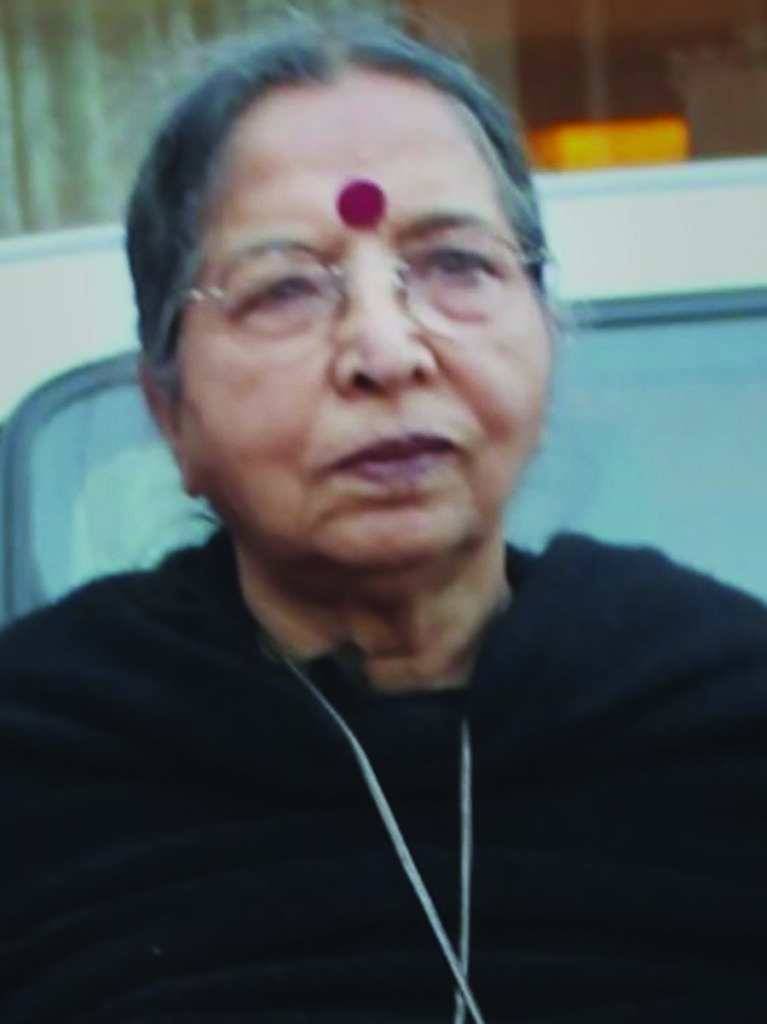
1 Comment
Leave a Reply Cancel reply
You must be logged in to post a comment.
Popular Stories
Football Tournament @Princeton
More Than a Festival: The Art and Power of Durga Puja
Personality of the Month- ‘Dr Usha Mediratta’
Stray Cattle Menace In Front of Galleria
The Chronicles of Malibu Towne: A Mosquito’s Tale
“Senior Living Is Not An Old Age Home” say Mr & Mrs Bose
Recent Stories from Nearby
- Out of Control – Monkey Menace December 31, 2024
- The Ensuing Assembly Elections: What Do We Expect From the Candidates? Election Time: Whom to Choose? December 30, 2024
- AIKGA Monthly Meeting December 30, 2024
- Monkey Menace Worsens in SDA December 30, 2024
- Footover Bridge Lift Not Working December 30, 2024


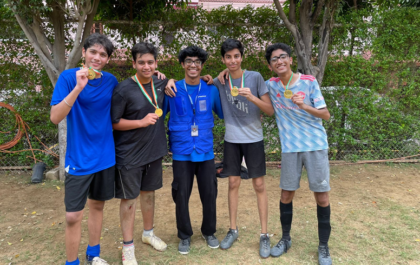
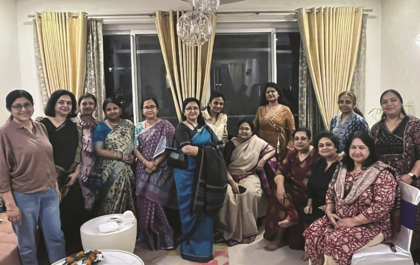

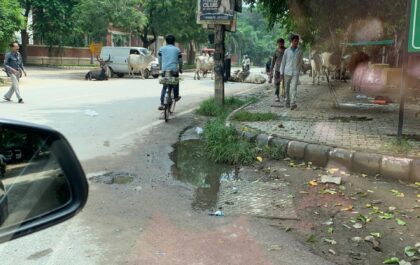
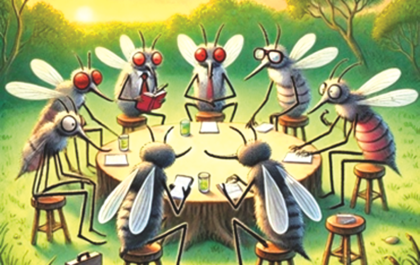
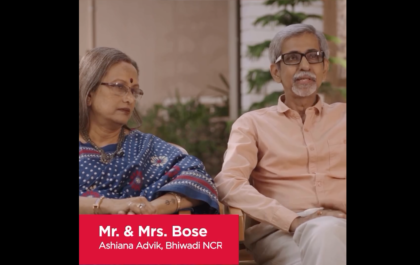
Thx for the beautiful inspiring story of Ajit ji.